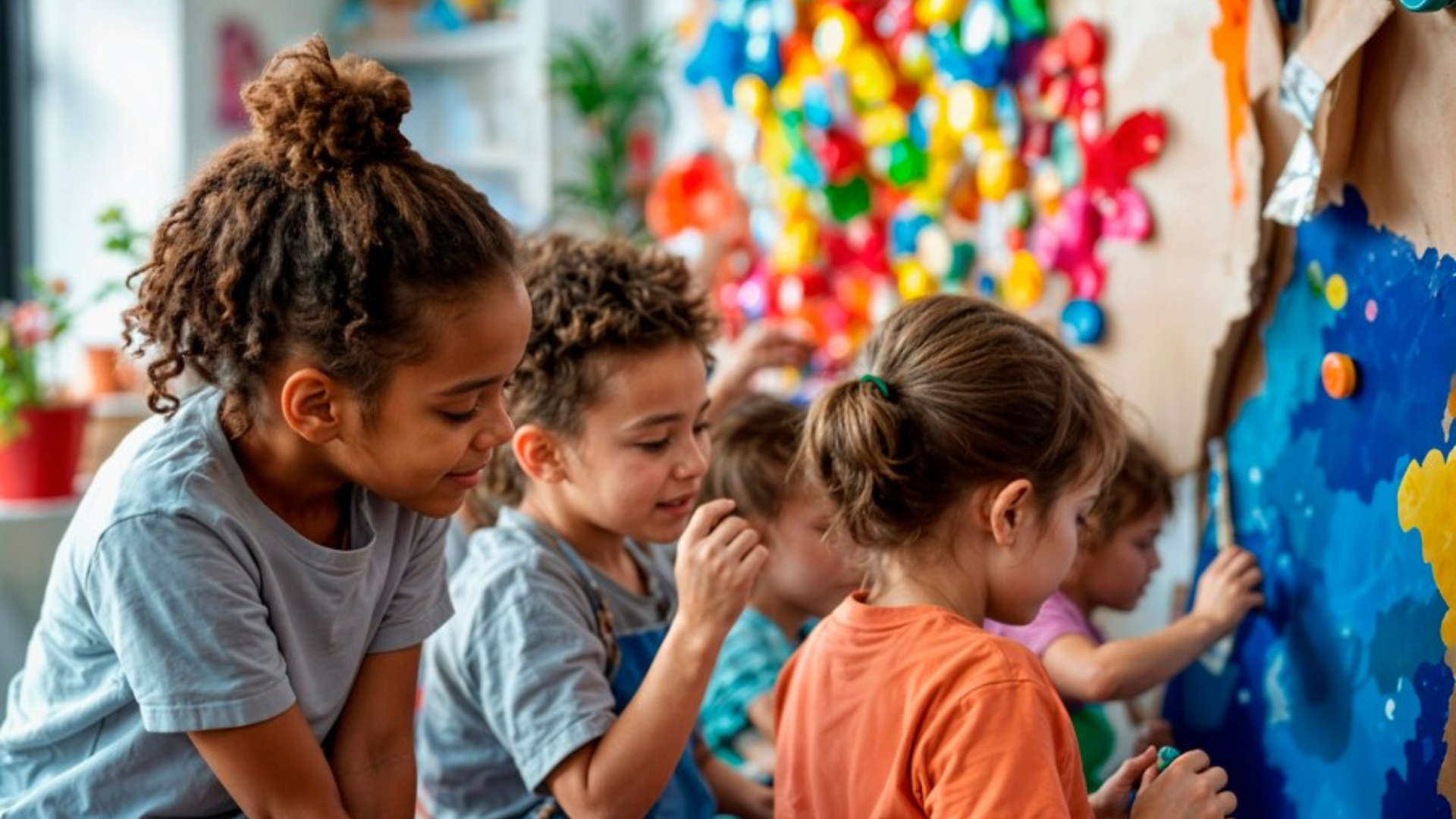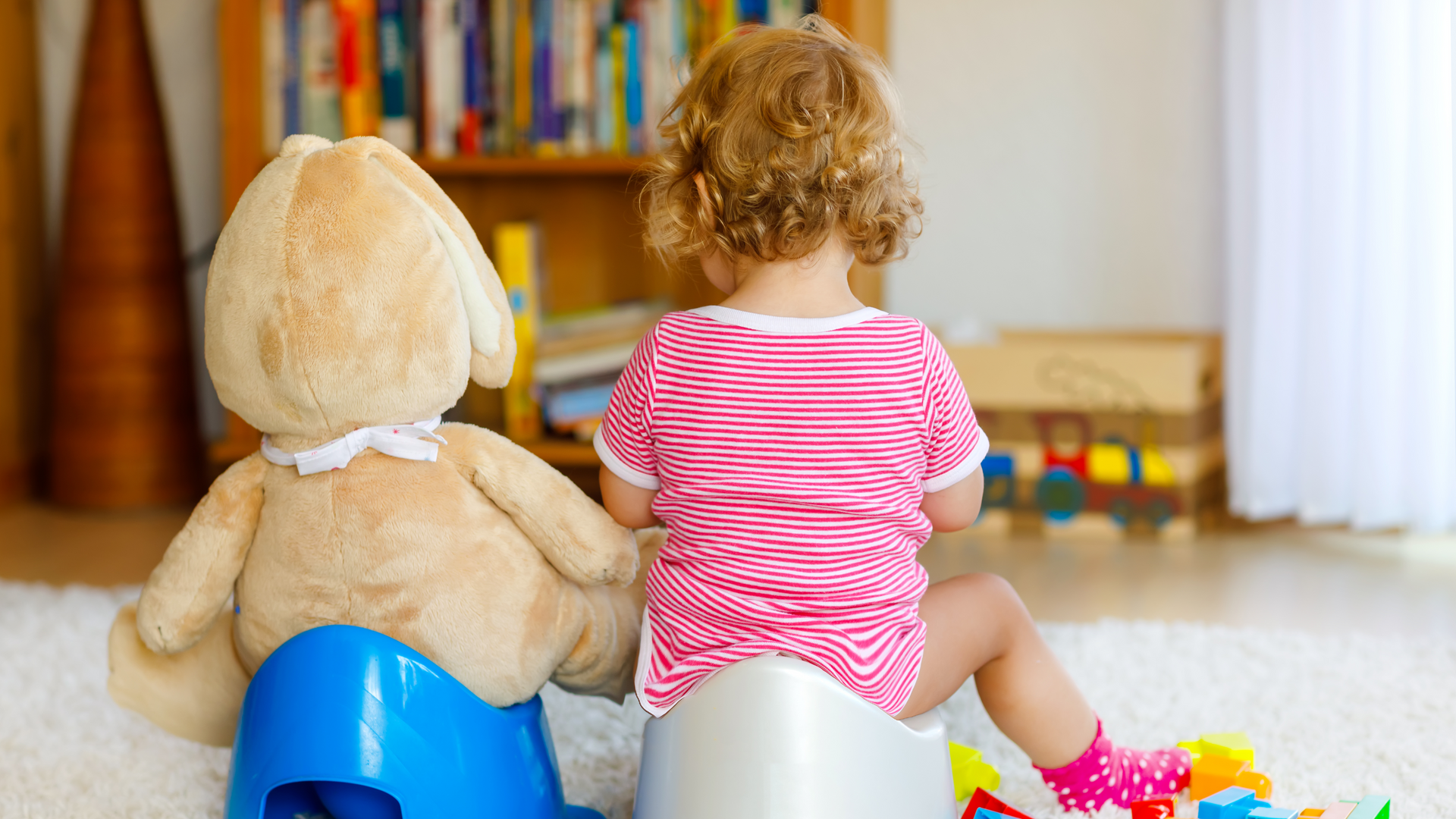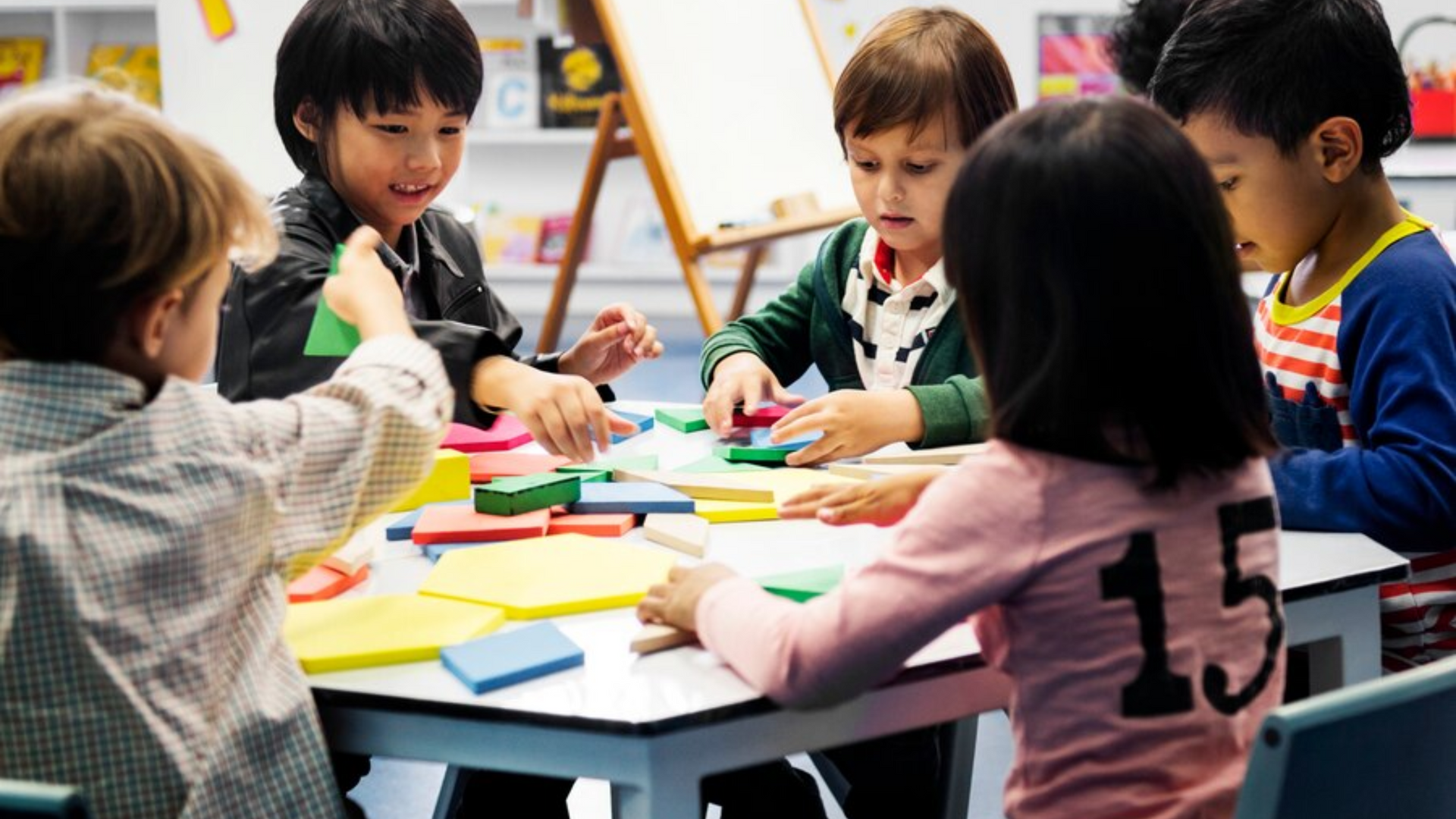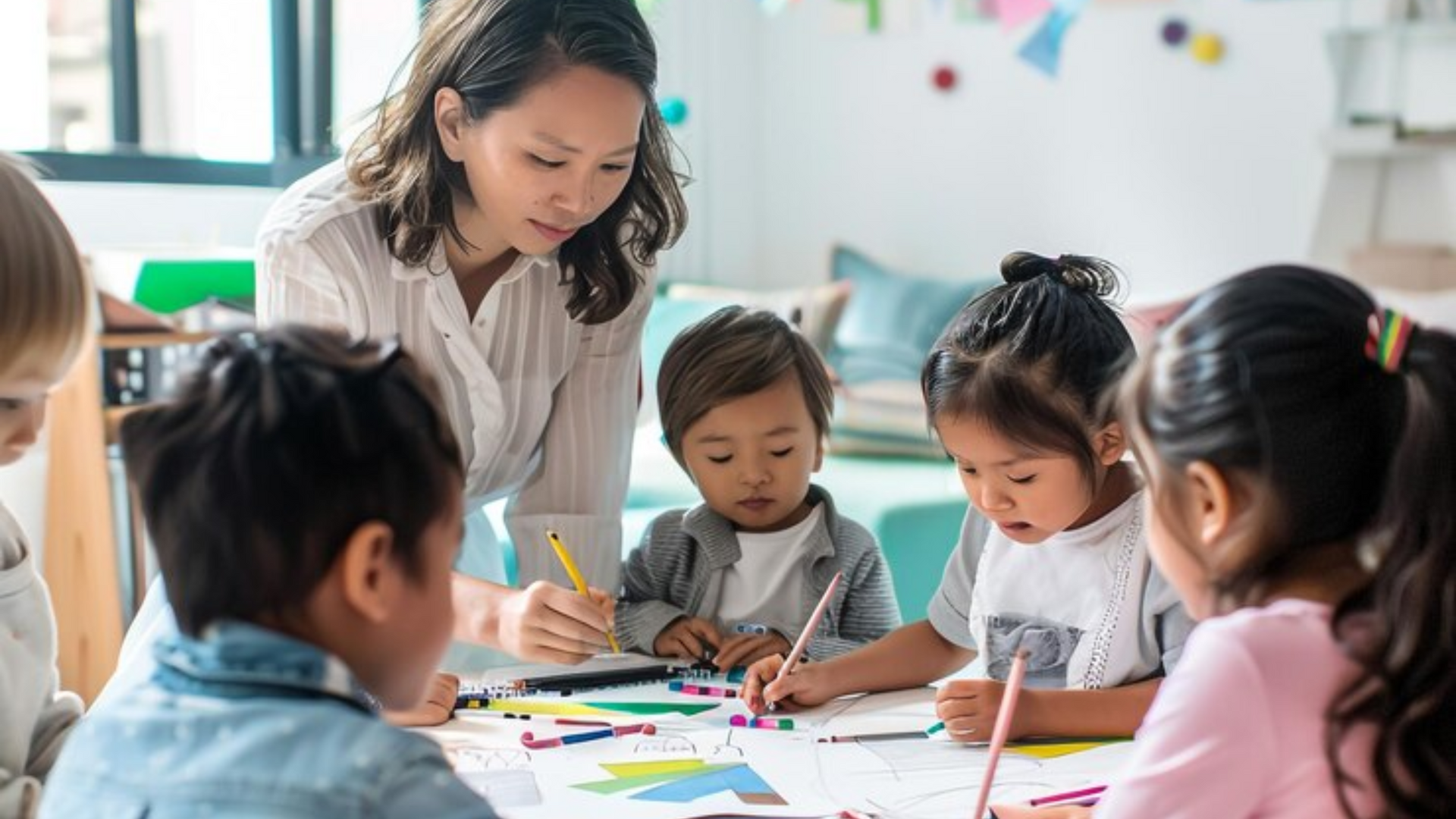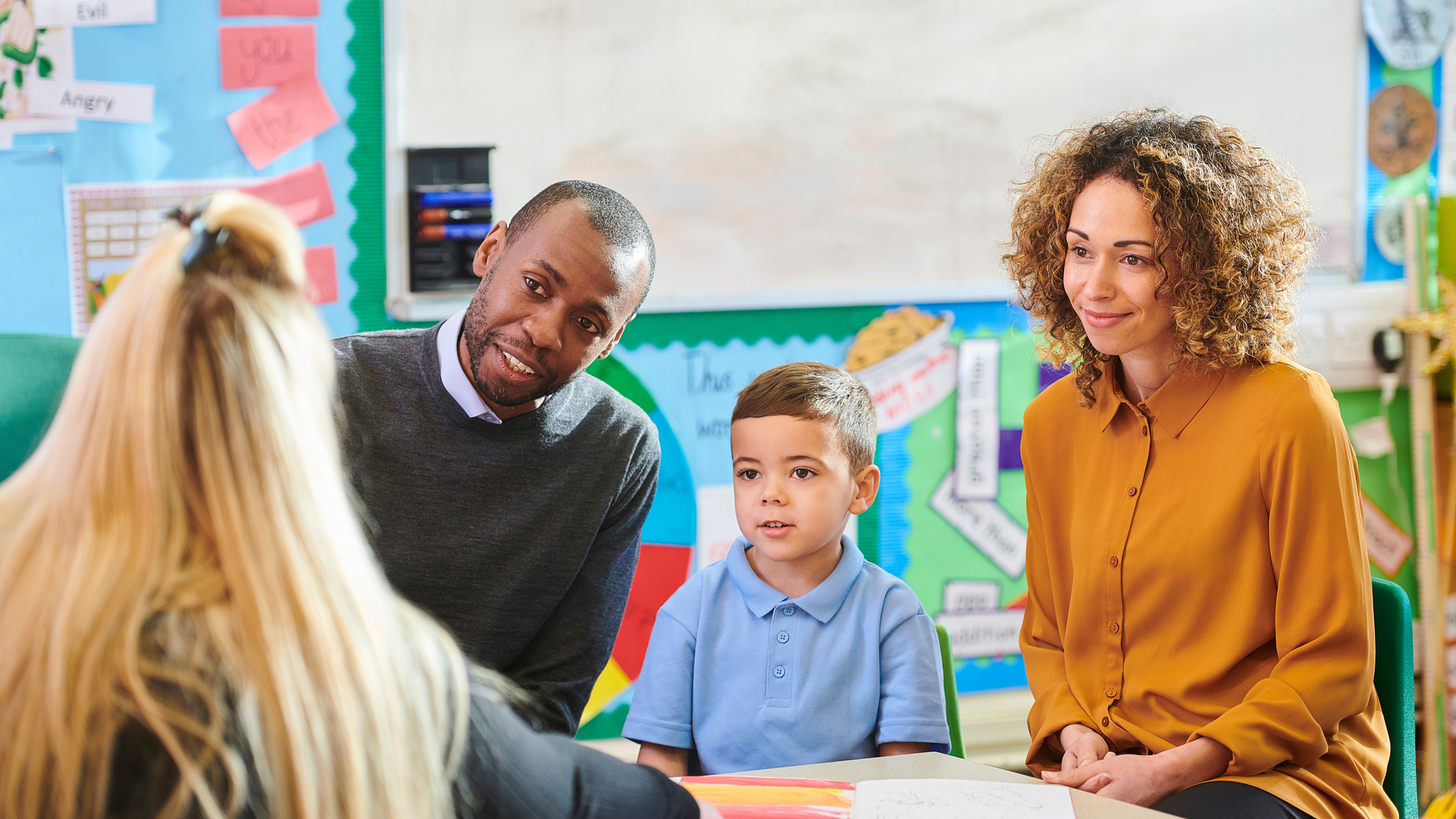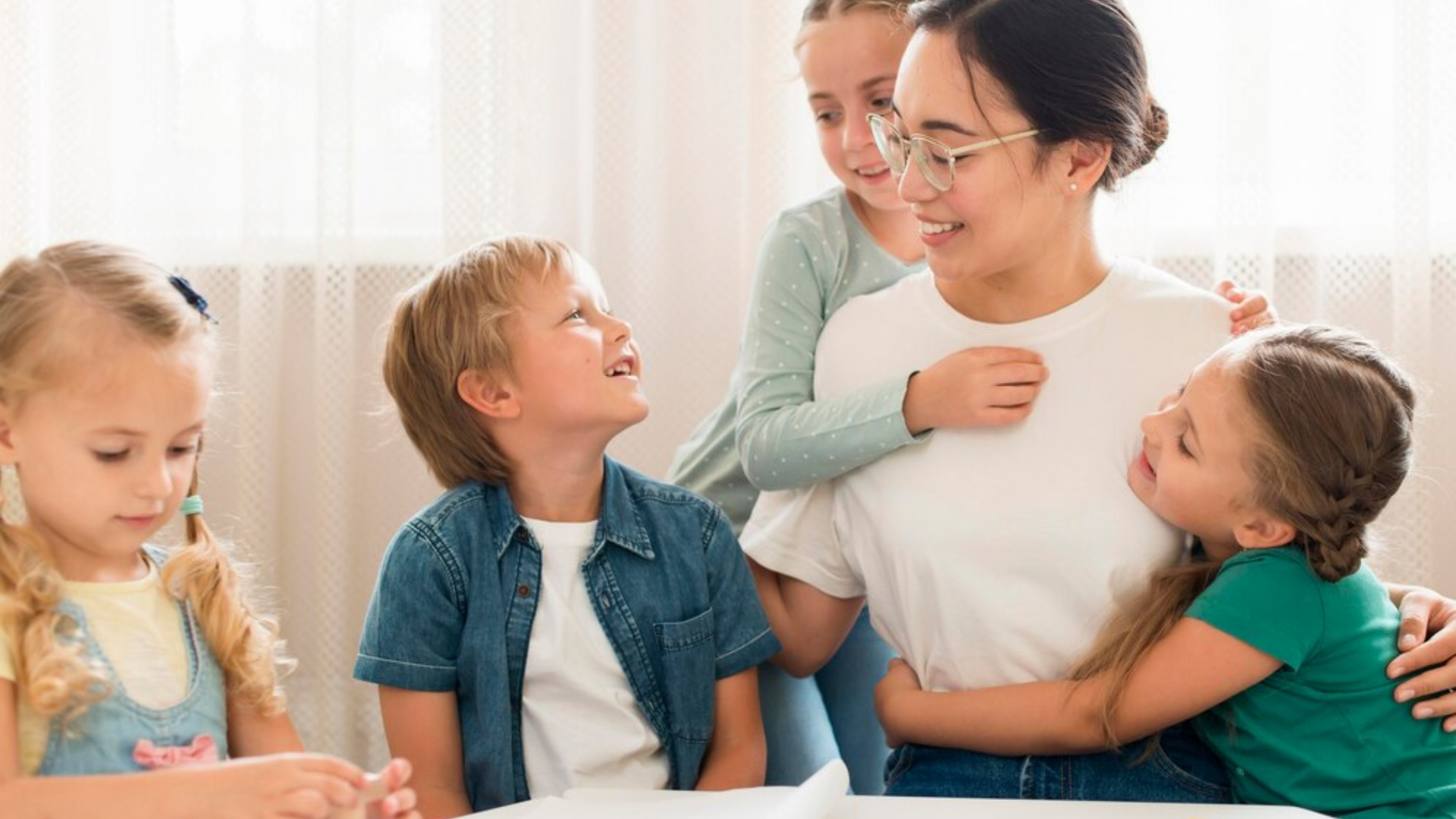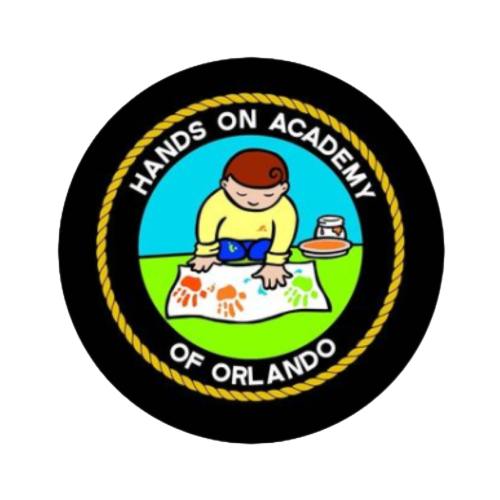Creating a Safe and Nurturing Environment for Children
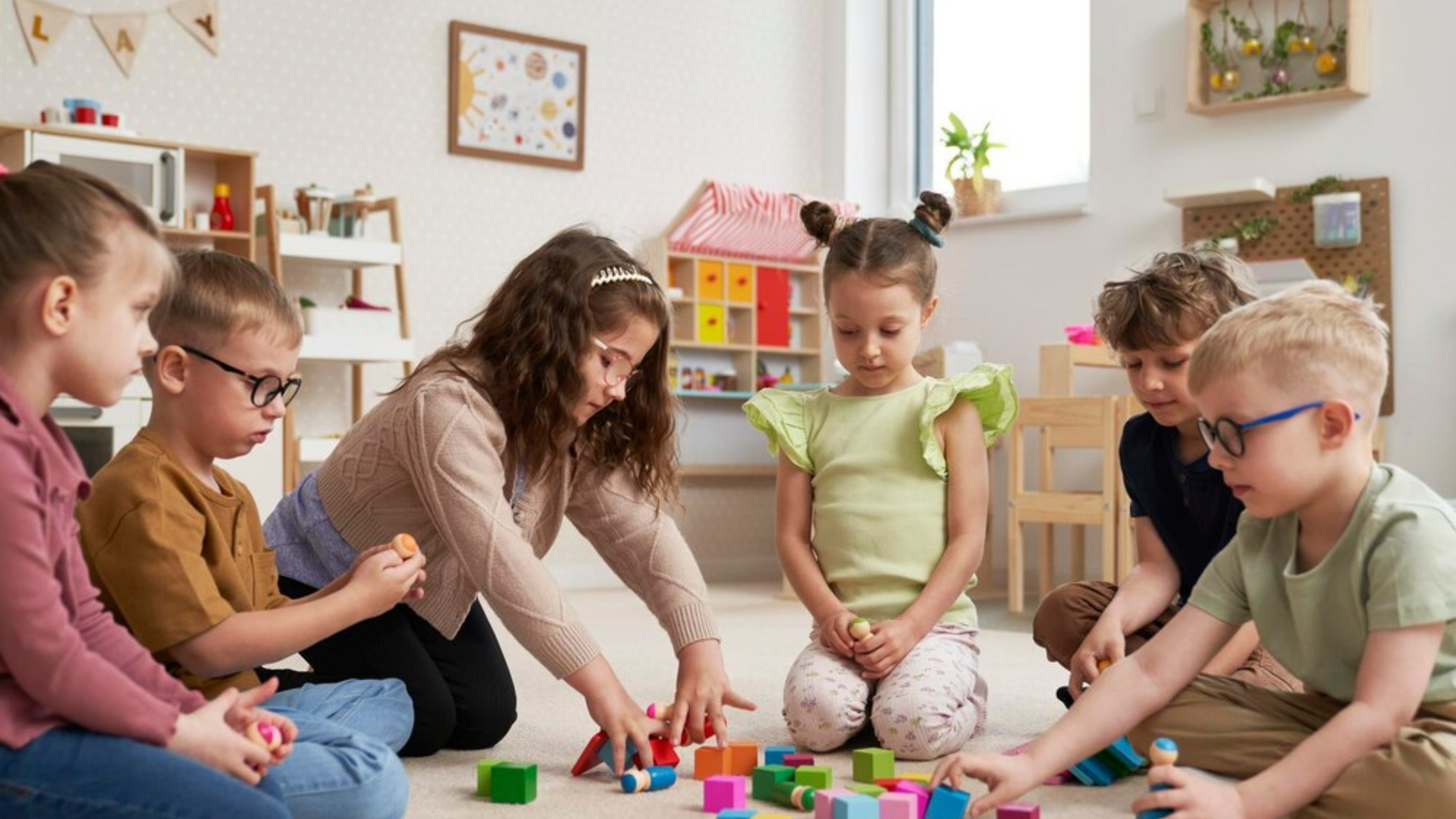
When it comes to raising young children, every parent, guardian, and educator wants the best for them. In the early stages of a child’s development, the foundation laid in the first few years can have a significant impact on their future well-being, learning, and emotional stability. At Hands-On Academy of Orlando, we recognize that creating a safe and nurturing environment is not just a priority—it’s essential to ensuring that children thrive socially, emotionally, and academically.
Children are naturally curious and full of energy, which is why providing them with an environment that supports their growth while keeping them safe and secure is critical. From infant care to after-school programs, every aspect of our academy is designed with the goal of making children feel cared for, loved, and empowered to explore their world. In this blog post, we’ll explore the key components of creating a safe and nurturing environment for children and how Hands-On Academy incorporates these practices into every part of our programming.
The Importance of a Safe Environment
Safety is the cornerstone of any childcare or early education program. It is impossible for children to focus on their education or engage fully in activities if they do not feel safe and secure in their environment. A safe environment is not limited to the physical space—it extends to emotional and psychological well-being as well.
At Hands-On Academy of Orlando, safety is a top priority. We understand that parents need to feel confident that their children are in a safe space, whether they are exploring new activities, interacting with their peers, or simply enjoying a nap. Here’s how we ensure safety in every aspect of our environment:
1. Physical Safety: Secure and Supervised Spaces
The physical safety of children is our number one concern. Our facility is designed with child-friendly features to minimize the risk of accidents and ensure that children are protected while they play, learn, and interact. All rooms and outdoor spaces are regularly inspected to ensure they are free of hazards, and we take extra steps to ensure that our equipment is well-maintained and safe for use.
We also have strict protocols for drop-off and pick-up procedures, limiting access to our facility to authorized individuals only. Our team of trained educators and staff members is always present to supervise children closely, ensuring their safety at all times.
2. Security and Emergency Preparedness
Our commitment to safety also extends to security measures and emergency preparedness. Hands-On Academy is equipped with secure entry points and a monitored security system to prevent unauthorized access to the facility. Additionally, our staff undergoes regular safety training, including first aid and CPR, so they are equipped to handle emergencies efficiently.
We have a comprehensive emergency preparedness plan in place, which is reviewed regularly with staff and shared with parents. This ensures that we are prepared for any situation, from weather-related events to medical emergencies, and can respond swiftly and effectively to protect the children in our care.
3. Healthy Practices and Hygiene Standards
A safe environment also means maintaining the highest standards of cleanliness and hygiene. We follow rigorous cleaning protocols to ensure that our facility is sanitized daily, especially in high-touch areas, such as play equipment, toys, and rest areas. These practices are critical in preventing the spread of germs and ensuring that children stay healthy while attending the academy.
Children are taught the importance of good hygiene from a young age. Whether it’s washing hands before meals or using hand sanitizer after outdoor play, we incorporate hygiene practices into the daily routine so that children develop lifelong habits that promote their health and well-being.
The Importance of a Nurturing Environment
While physical safety is fundamental, a nurturing environment is equally crucial for children’s emotional and social development. A nurturing environment provides children with the emotional support and encouragement they need to build self-confidence, form positive relationships, and develop essential social and emotional skills.
A nurturing environment also creates a strong foundation for learning. Children who feel safe, valued, and loved are more likely to take risks in their learning, ask questions, and explore new ideas with curiosity and enthusiasm.
At Hands-On Academy, we foster a nurturing environment through the following key practices:
1. Creating Positive Relationships
The relationships children form with their caregivers and educators are essential to their emotional well-being. Our educators take the time to get to know each child as an individual, building strong bonds based on trust, respect, and care. We provide consistent support, gentle guidance, and positive reinforcement to help children feel secure in their relationships with others.
By fostering a sense of trust and security, we create an atmosphere where children feel comfortable expressing themselves, exploring new concepts, and interacting with their peers. This helps children build social skills such as cooperation, empathy, and conflict resolution, which are crucial for their emotional development.
2. Encouraging Emotional Expression
Children experience a wide range of emotions as they grow, and it’s important to provide them with the tools to recognize, express, and manage those emotions in a healthy way. At Hands-On Academy, we prioritize emotional development by teaching children how to identify their feelings and express them appropriately. Our staff members model emotional intelligence by demonstrating patience, kindness, and empathy, helping children learn to do the same.
We also create a calm, supportive space where children can go when they need a moment to themselves or when they feel overwhelmed. This helps children understand that it’s okay to experience difficult emotions and that they can always seek support when needed.
3. Fostering Creativity and Exploration
A nurturing environment encourages creativity and exploration. At Hands-On Academy, we believe that creativity is a vital part of a child’s growth. We provide a variety of activities that allow children to explore their interests, express themselves through art and music, and experiment with new ideas in a safe, supportive setting.
Our curriculum incorporates hands-on learning, allowing children to engage with materials and concepts that stimulate their imagination. Whether they are building with blocks, drawing pictures, or conducting simple science experiments, children have the freedom to explore, ask questions, and create without fear of failure.
4. Supporting Individual Development
Every child is unique, and a nurturing environment takes into account each child’s individual needs, interests, and learning styles. At Hands-On Academy, our educators take a personalized approach to care and education. They observe each child’s development and tailor activities to support their strengths while gently guiding them to overcome challenges.
We recognize that emotional, cognitive, and social development doesn’t happen at the same pace for every child. By creating individualized learning plans and offering personalized support, we help each child reach their full potential in a way that feels comfortable and empowering for them.
5. Building a Sense of Community
A nurturing environment is not only about the child’s relationship with their caregivers but also the community they are a part of. We work hard to foster a sense of belonging and inclusion, where every child feels like a valued member of our academy family. This sense of community extends to the relationships children form with their peers, as they learn to support and care for one another in group settings.
We encourage children to work together, share ideas, and support one another, helping them develop important social skills such as teamwork, communication, and respect. These experiences teach children how to be positive contributors to their communities, both at the academy and in the larger world.
Hands-On Academy: Where Safety and Nurturing Go Hand-in-Hand
At Hands-On Academy of Orlando, we believe that safety and nurturing go hand-in-hand. We understand that for children to thrive, they need both physical safety and emotional support. By creating an environment that prioritizes both, we give children the best possible start in their educational journey.
From our commitment to maintaining a safe and secure environment to our focus on providing emotional support, fostering creativity, and supporting individual growth, every aspect of Hands-On Academy is designed to help children feel safe, valued, and empowered to learn.
If you’re considering childcare or early education for your child, we encourage you to learn more about the best age to start childcare and the many advantages of enrolling your child in an early childhood education program. You can read our articles on What’s the Best Age to Start Childcare and 7 Advantages of Early Childcare Enrollment for more insights into how starting early can make a lasting impact on your child’s development.

